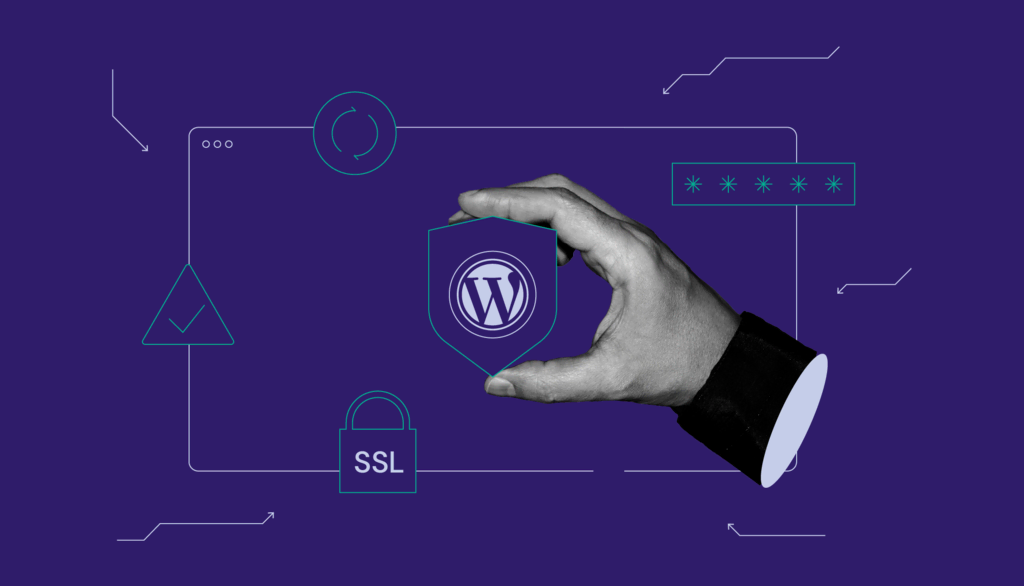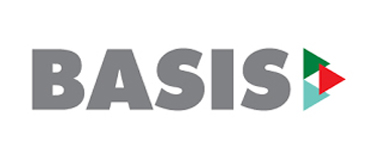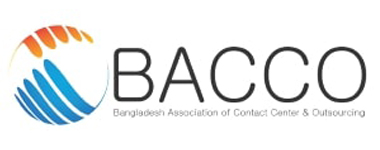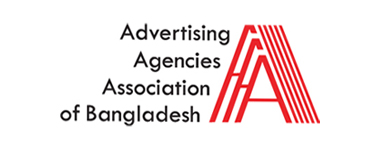How to Improve WordPress Security: 22 Methods to Protect Your Website
- trendsbird
- July 27, 2024
- No Comments
WordPress is the most widely used content management system (CMS), powering 43.2% of all websites. Regrettably, because of its widespread appeal, a variety of hackers take advantage of the platform’s security flaws.
This does not imply that WordPress has a weak security framework, since users’ ignorance of security risks can also lead to security breaches. Thus, it’s advisable to implement security precautions before hackers target your website.
We’ll go over 22 ways to strengthen WordPress security and guard your website from different types of intrusions. Whether WordPress plugins are used or not, the post will offer advice and best practices. Certain techniques can also be used with platforms other than WordPress.
WordPress Security Checklist and Additional Tips
Implementing one or two WordPress security measures won’t be enough to make your WordPress website completely safe. We also share some WordPress security tips to help you protect your site further.
How to Secure Your WordPress Website?
1. Keep your site up to date.
2. Use secure wp-admin login credentials.
3. Setup safelist and blocklist for the admin page.
4. Use a trusted WordPress theme.
5. Install an SSL certificate for a secure data transfer.
6. Remove unused WordPress themes and plugins.
7. Enable two-factor authentication.
8. Create backups regularly.
9. Limit the number of failed login attempts.
10. Change your WordPress login page URL.
11. Automatically log out idle users.
12. Monitor user activity.
13. Regularly scan your site for malware.
14. Disable the PHP error reporting feature.
15. Migrate to a more secure web host.
16. Disable file editing.
17. Use .htaccess to disable PHP file execution and protect the wp-config.php file.
18. Change the default WordPress database prefix.
19. Disable the XML-RPC feature.
20. Hide your WordPress version.
21. Block hotlinking from other websites.
22. Manage file and folder permissions.
General Best Practices to Improve Website Security
Six general WordPress security tips that don’t call for high-risk investments or sophisticated technological knowledge are covered in this section. Simple activities like updating WordPress software and deleting unused themes are manageable even for a novice.
1. Enable Two-Factor Authentication for WP-Admin
2. Back Up WordPress Regularly
3. Limit Login Attempts
4. Change the WordPress Login Page URL
5. Log Idle Users Out Automatically
6. Monitor User Activity
7. Check for Malware
Why Do You Need to Secure a WordPress Website?
If your WordPress site is hacked, you could lose valuable data, assets, and credibility. Furthermore, these security flaws may imperil your clients’ personal and billing information.
Conclusion
Cyberattacks can take many different forms, such as DDoS attacks or virus injection. Because of the CMS’s widespread use, hackers frequently target WordPress websites in particular. Owners of WordPress websites therefore need to understand how to secure their websites.
But protecting a WordPress website requires ongoing effort. Given the constant evolution of cyberattacks, you must regularly reevaluate it. Although there is always a danger, you may lessen it by using WordPress security precautions.
We hope that this post has clarified the significance of WordPress security precautions and how to use them.
If you have any queries or would need more WordPress security advice, please leave a comment.






 by
by